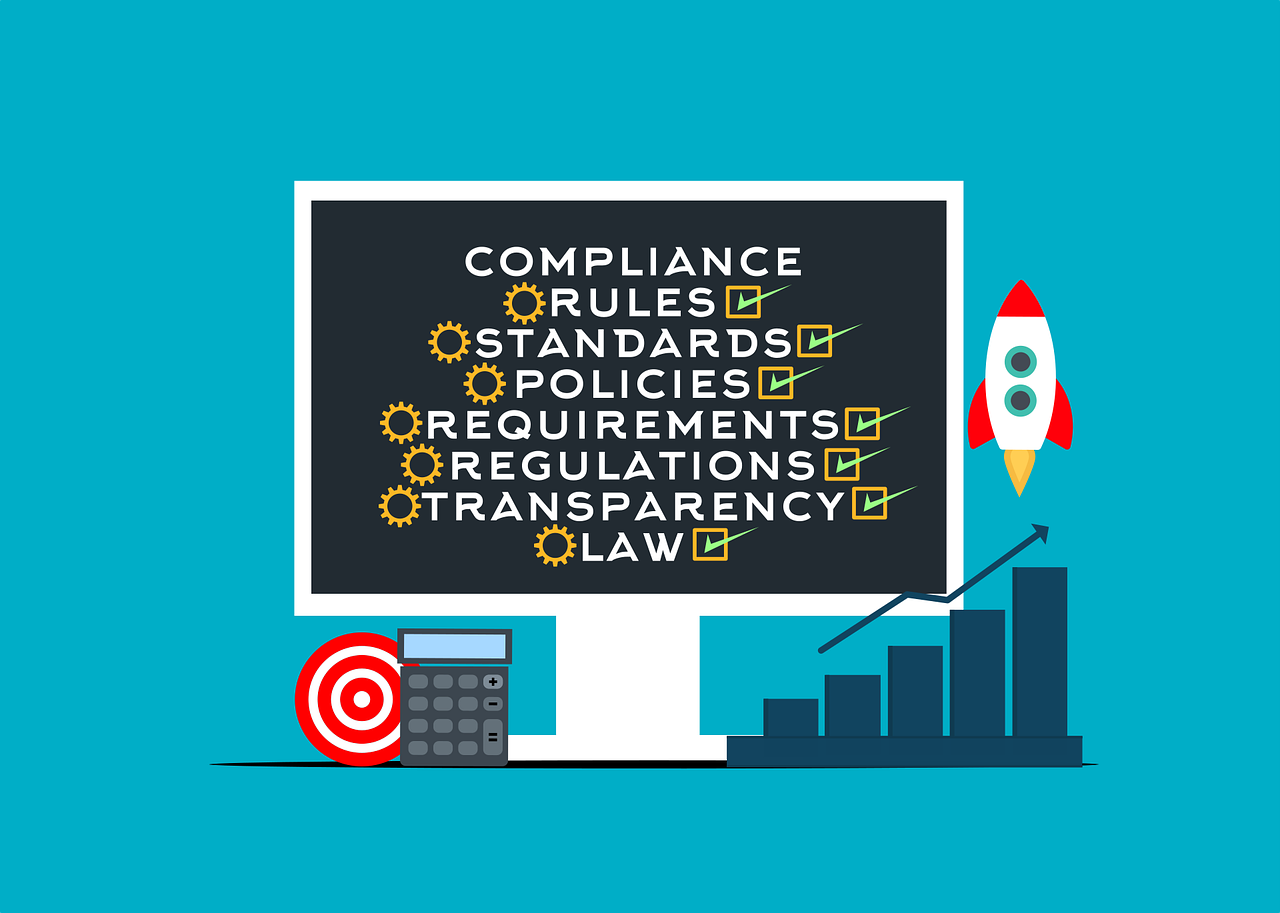In the recent past, companies have been encouraging their employees to post more often on social media. This has raised the need for employees to adhere to social media policies and guidelines. Before you ask your employee to post on social media, ensure that these two documents are up-to-date and well-understood.
Difference Between Social Media Guidelines And Policy
Some people use these two terms interchangeably because they often overlap. In most businesses, a social media policy is a formal document that stipulates the rules and regulations of engagement on social media. It often includes the consequences of not following the regulations so that the company’s image isn’t soiled on social media.
On the other hand, social media guidelines offer general advice to employees on social media etiquette and how they should behave online. Guidelines can be used for issues such as employees tagging the company on their bios and whether or not they should post pictures taken at the workplace.
Top 7 Social Media Guidelines
Here are some of the main social media guidelines that should be given to employees. These are:
Official Accounts
The social media guidelines should define the official social media accounts that the company uses. On top of having them follow your account, it can illustrate to them how the brand carries itself on social media.
If you use hashtags in your social media account, you might want to see how they are used. If the company allows for running affiliated social media accounts, the guideline should also define how an employee is authorized to run one.
Maintain Confidentiality
There are lots of details that shouldn’t be posted on social media. These include business strategies, a list of clients, and financial information. The financial guidelines will advise employees to maintain confidentiality on these issues.
Employees should also be guided on areas when they are likely to breach confidentiality unknowingly. This includes when they take an image with an open computer screen or whiteboard.
Use of Social Media During Working Hours
Social media can be a killer of productivity. Not many employees can resist watching that beautiful video on TikTok. This is why you need to have guidelines on using social media during working hours. The guideline may hinder them from using social media on company equipment unless they are using it for work-related issues.
Be Respectful
Trolls are a part of social media, and there will come a time when your employees will have to face them. Without social media guidelines, they can easily respond to them, spoiling your company’s reputation.`That is why it’s important to remind them to be respectful to all.
They should also refrain from harassing or discriminatory posts or slurs related to race, religion, ethnicity, gender, or sexual orientation. You should remind them that a wrong comment can land you and the company in court.
Cyber Security
Cyber security is a reality in this age and should be taken seriously. That’s why you need to guide employees on how to stay safe. This can include measures such as:
- Using a strong password
- Implementing a two-factor authentication
- Limiting the confidential information they share on social media
- Ensuring there is a secure internet connection
- Avoiding clicking on suspicious downloads
Employee Engagement
The social media guidelines should also encourage employees to follow the social media accounts of a company. They can share company events, news, and stories to understand the company’s content policy.
To increase the company’s trust, they can add its name to their social media accounts. You may also suggest that the employees include a disclosure on their profiles that the views expressed on their social media accounts are their own and not those of the company.
Copyright Concerns
You should make your employees understand there are limitations to using other people’s graphics, images, and videos. They should, therefore, refrain from using such materials or at least attribute the work to the owners. This can help avoid legal actions.
Tips For Successful Social Media Guidelines
For the above guidelines to work, there is a need for:
- Seeking the support of top management. The leaders should outline the expectations of the top management and provide guidance.
- Continuously training staff on updated guidelines. The training could be in emails, lunch meetings, and more.
- Have a social media manager to ensure compliance. This could be an employee or a third party.
- Have a place where the guidelines are outlined. This could be in the employee’s handbook or any other easily accessible place by employees.
Wrapping Up
Social media guidelines can help maintain your company’s reputation. They can also help to keep your brand safe from hackers and prevent unnecessary lawsuits. The above tips are a great place to get started with your social media guidelines.





















Leave a Reply
View Comments